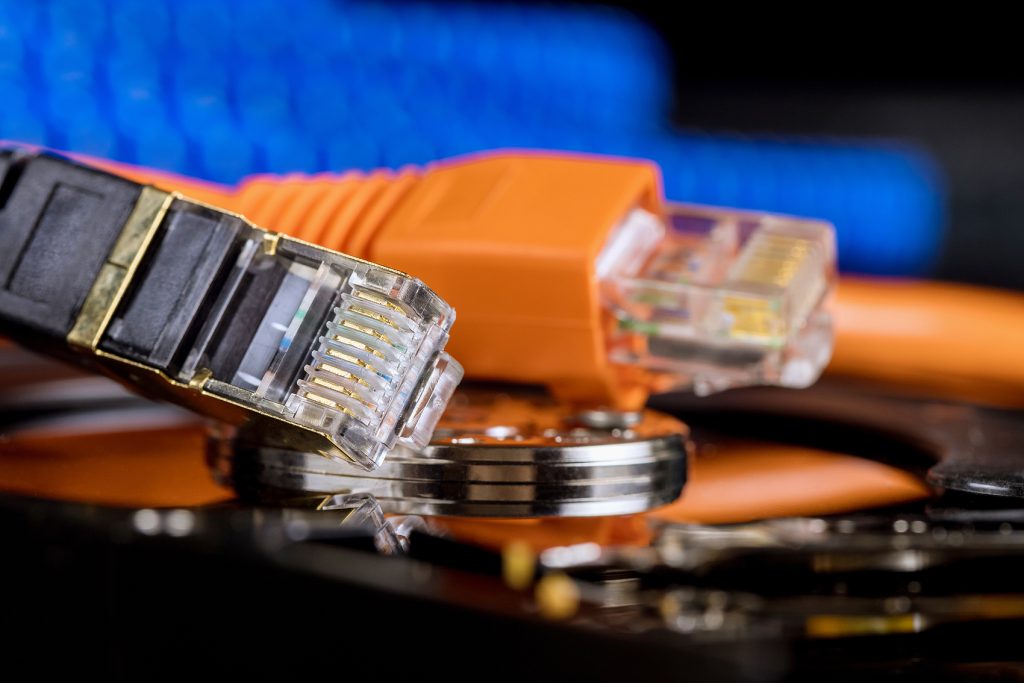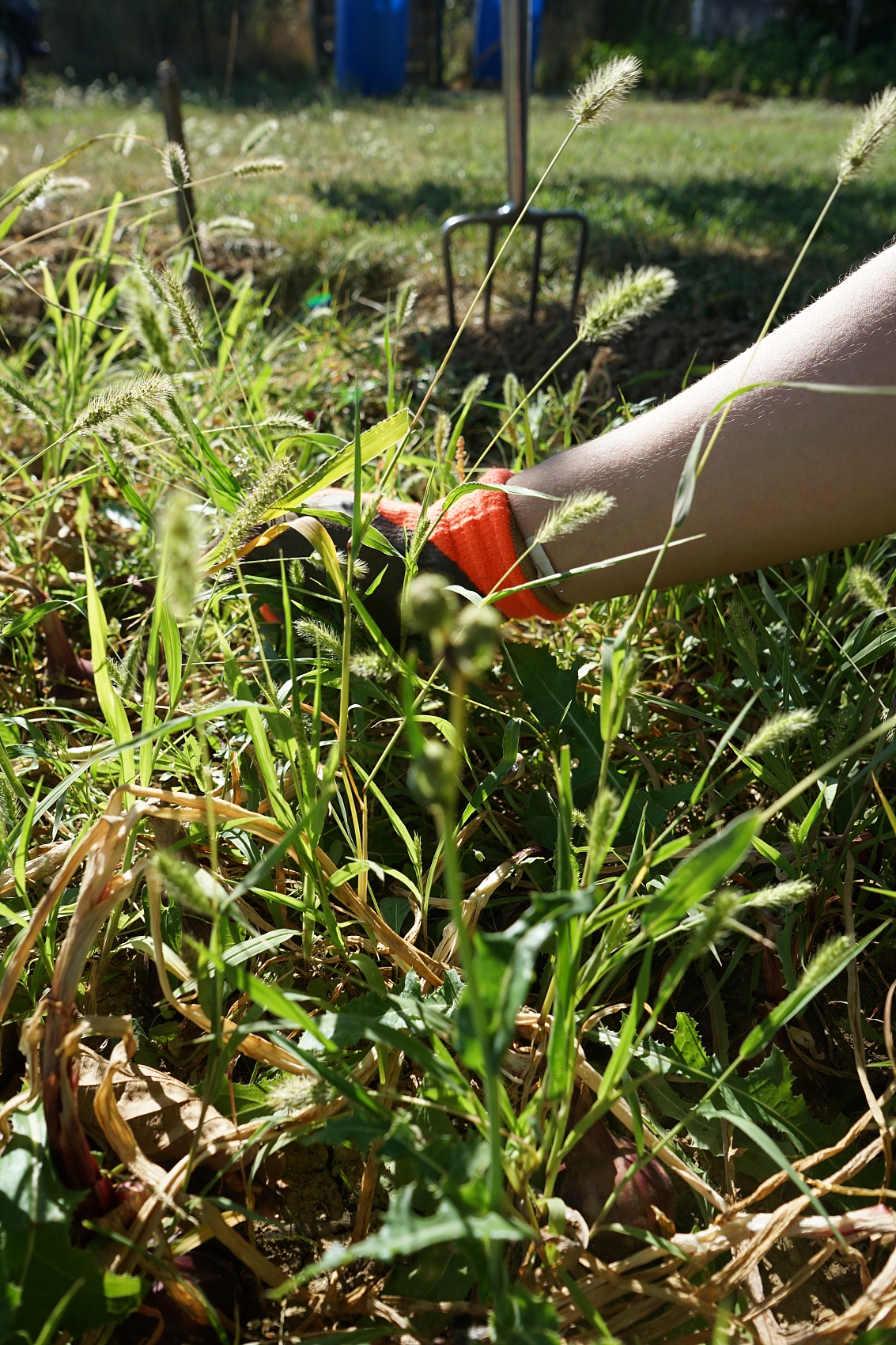If you’re living in the UK, you’ve probably noticed that your internet speed isn’t exactly lightning fast. And you’re not alone.
As of October 2024, the average internet speed across the country is just 69Mbps. To put that into perspective, the UAE is offering speeds up to 398.51Mbps, putting the UK near the bottom of the global rankings for internet speeds.
This issue is particularly noticeable in London. In fact, research by the Daily Express shows that people in London waste up to 42 hours a year waiting for slow internet to load pages. With the average time wasted across the UK being around 35 hours a year, many Brits are actively looking for better internet providers. If you’re one of them, it might be time to consider making the switch to full fibre.

What is Full Fibre Broadband?
Full fibre broadband (also known as Fibre-to-the-Premises or FTTP) is an internet connection that uses optic fibre cables to link your property directly to your internet service provider (ISP). This is different from the more common part-fibre broadband, also called Fibre-to-the-Cabinet (FTTC), which uses a mix of optic fibre cables and copper wires. In FTTC, the optic fibre cables only run as far as a street cabinet, and from there, copper wires take the connection the rest of the way to your home.
The key difference here is that full fibre offers a direct connection using only optic fibre cables, while part-fibre still relies on copper wires, which can cause slower speeds and interruptions.
Why Full Fibre is Better Than Traditional Broadband
Full fibre broadband is now widely considered to be one of the best options available because it’s faster, more reliable, and more secure than traditional broadband. Here’s why:
- Speed: Full fibre uses light pulses to transmit data, which makes it much faster than copper wires, which rely on electricity. Plus, there’s no interference between cables, which helps keep speeds steady.
- Reliability: Copper wires degrade over time, and the signals weaken the further they travel. But full fibre cables are made from durable plastic and glass, which can last up to 40 years without needing replacing.
- Security: Because full fibre is less prone to interference, it’s also more secure, making it harder for hackers to access your data.
With more people using the internet for everything from work and study to streaming and online shopping, a full fibre connection can handle all your needs without worrying about slow speeds or dropped connections.

How to Get Full Fibre Broadband
The first step is to check whether full fibre broadband is available in your area. You can do this by visiting an ISP’s website, such as Zzoomm, which has a handy tool that lets you check for availability. This is important because the UK is still transitioning from FTTC to full fibre, so it may not be available everywhere just yet. You can also find out which broadband plans work best for you, depending on your internet usage needs.
If full fibre isn’t available where you live, don’t worry. The UK government is working to expand broadband access through Project Gigabit, which is rolling out full fibre connections across the country. By April 2024, gigabit broadband was available to 81% of the UK, and it’s still growing, so you can expect it to come to your area soon.
Once full fibre is available, you’ll need to choose your plan, and your ISP will send a technician to assess your property. They’ll check your current setup, let you know if any equipment needs to be updated, and keep you updated throughout the installation process. Once everything’s set up, they’ll remain available to help if you have any issues during the first few weeks.
Full fibre broadband is a game-changer for UK internet users. It’s faster, more reliable, and ready for the way we use the internet today. So, if you’re tired of slow speeds, it might be time to make the switch.












